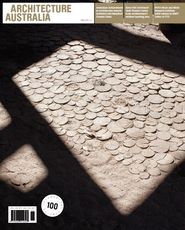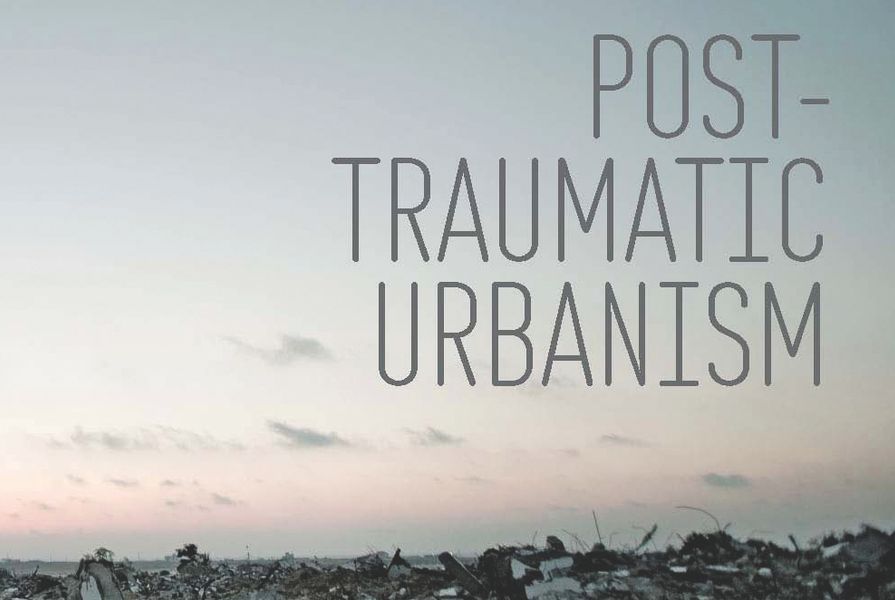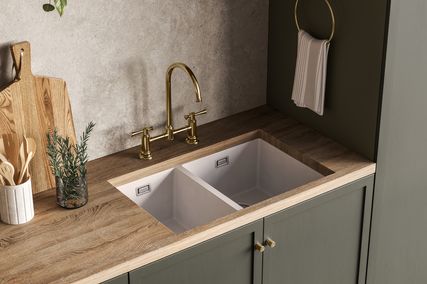This monograph follows a growing interest in the intersections between architecture, urbanism and a felt reality of destruction, trauma and instability, and as such it is important to identify its position. The quintessential references for such topics are the books by Lebbeus Woods, including War and Architecture (with the title in two languages, 1993) and Radical Reconstruction(1997); however, several texts and publications have appeared since. These generally fall into two categories – one is engaged with academic research and includes important books on Beirut and other cities that have suffered large-scale destruction; the other is more oriented to design research and includes teaching studios and outcomes of architects’ experimental project work. Unfortunately this separation often means that authors following one approach are not engaged with, informed by or interested in the work of the other. Consequently, despite the growing interest in this field, there is, paradoxically, a growing chasm brought about by this division. It would be a huge demand to ask a monograph of short essays to somehow address this chasm, and I was conscious not to do so, but I was interested in how the framework, choice of authors and topics, and general approach positioned itself.
Post-Traumatic Urbanism.
Lahoud’s introduction clearly articulates a position. His agenda is to pose questions that might reorient the avant-garde and reconnect “a broader socio-political agenda with design experimentation” in urbanism and architecture. He names the idea of “mapping” in particular. In browsing through some of the essays, new links are generated in a number of ways. For example, the small-scale project by Diana Hanna Hani (discussed by Samantha Spurr in “After the Event”) explores the radical shifts in the domestic typology during war. The project punctuates the representational styles of regional and urban mappings, the three-dimensional projections and morphing shapes and patterns, and the pixellated imagery. These modes of representation sometimes make important statements, but many of us on the receiving end have become numb to them due to their immense popularity. The project also raised questions about how an architect might become both fearless and sensitive in design speculation.
The more personal description in “The Eighth Day” by Tony Chakar of his exhibition of the same name also delivered engaging visual material exploring the visual as a form of representation, and developing a self-critique in the process. This project is not “optimistic” as noted in the introduction, but offers a poetic style of visual representation. While the agenda of architecture and urbanism is towards a design resolution, there has been interaction with other visual fields, including art and photography, which raises the question, why are such visual varieties rarely present in project presentation? Khadija Caroll La provides one response. As we look at the series of photographs documenting the demolition of the Palast der Republik in Berlin to make way for a new institution in the newly unified Germany (bracketed by the black-and-white photographs of the site in its historical stages), we pause and think about the difference between optimistic design and critical reality. To then see the image of what will replace it is to experience the jolt of a happy constructive reality.
The photographic series introduces a way to document the role of architecture in politics and war, and in the media, and this is discussed in one of the most interesting essays in the monograph, “Forensic Architecture” by Eyal Weizman, Paulo Tavares, Susan Schuppli and Situ Studio. Notwithstanding the unashamedly Western political bias in the way the images are represented, this essay provides an inventive shift in conceptual framework by locating architecture as “material witness”, defining this as a part of a network that involves both human subjects and material objects, and proposes that such “material witness” can be the protagonist in political battlefields. Such a position reconnects architecture to the political. The painterly image (in the style of court drawings) of the Israeli High Court judges and lawyers debating the “legal” behaviour of the wall in the West Bank is most perplexing.
Lahoud states that “architects do not heal trauma”, a strange phrase, also cited in Helen Castle’s editorial, and followed by “they are complicit with its production”. This is probably quite confronting to architects who believe they are humanitarian even if not humanist. But I think Lahoud has in mind a critique of both a victim society that loves to give charity to suffering others, and social hysteria/policies driven by crisis/insecurity fears. This brings me to the interview with Slavoj Zizek, who has presented his usual incisive analysis by stating that recycling is the perfect cover-up for a consumerist capitalist society which disavows the quantity of waste that such a lifestyle requires. Most architectural strategies do not know how to respond to such an analysis because, contrary to the theme of the monograph, Zizek is saying that we are in a time where trauma is highlighted, while at the same time life, with all its surplus, goes on unhindered. Ole Bouman’s “Borderline Syndrome” exemplifies this counterpoint view.
Zizek has mentioned two ideas: firstly, that the material world forms a secret dialogue; and secondly, the idea of the “spandrel” rendered into “interstitial spaces”. The former is an idea that historically most good architects have engaged with, but here serves as a reminder that to understand the object world is a serious and potent skill of the architect. The latter is terribly problematic for architectural discourse. While this part of the interview had me struggling intellectually, one possible trajectory is to put side by side Zizek’s critique of Nicolas Sarkozy’s “Mediterranean Union”, Lahoud’s “Project for a Mediterranean Union”, and data on the actual projection/plan. This might offer a very rigorous “interstitial space” from which to both design with and speak from. It is a way to put in practice Lahoud’s “excess within the very register of design decision-making”. In these two ideas and implicit in the publication is that while architects do not heal trauma, architecture, buildings and cities may be crucial to recovery.
It is interesting to see why and how philosophers or philosophical ideas are used within architectural publications, and in each generation there are the favourites. While sometimes the clichéd ways that architects appropriate philosophical ideas are hardly innovative, in this publication essays by Andrew Benjamin and Brian Massumi, who already write about architecture, and Lahoud’s impressive interpretation of Zizek provide reflective moments in the text. Some of the authors of other essays are also theorists, yet most have presented a design studio research approach. Since the theoretical revolution in architecture of the 1990s, the architectural community has been reoriented by the work of architectural theorists. It is curious that publications such as Post-Traumatic Urbanism invariably omit critical essays that offer a perspective different from a design speculation/solution and that are written by architectural theorists.
Charles Rice, Adrian Lahoud and Anthony Burke (guest editors), Architectural Design, Volume 80, Issue 5, 2010, 136 pp. rrp $47.95.
Source

Discussion
Published online: 17 May 2011
Words:
Mirjana Lozandvska
Issue
Architecture Australia, March 2011


















